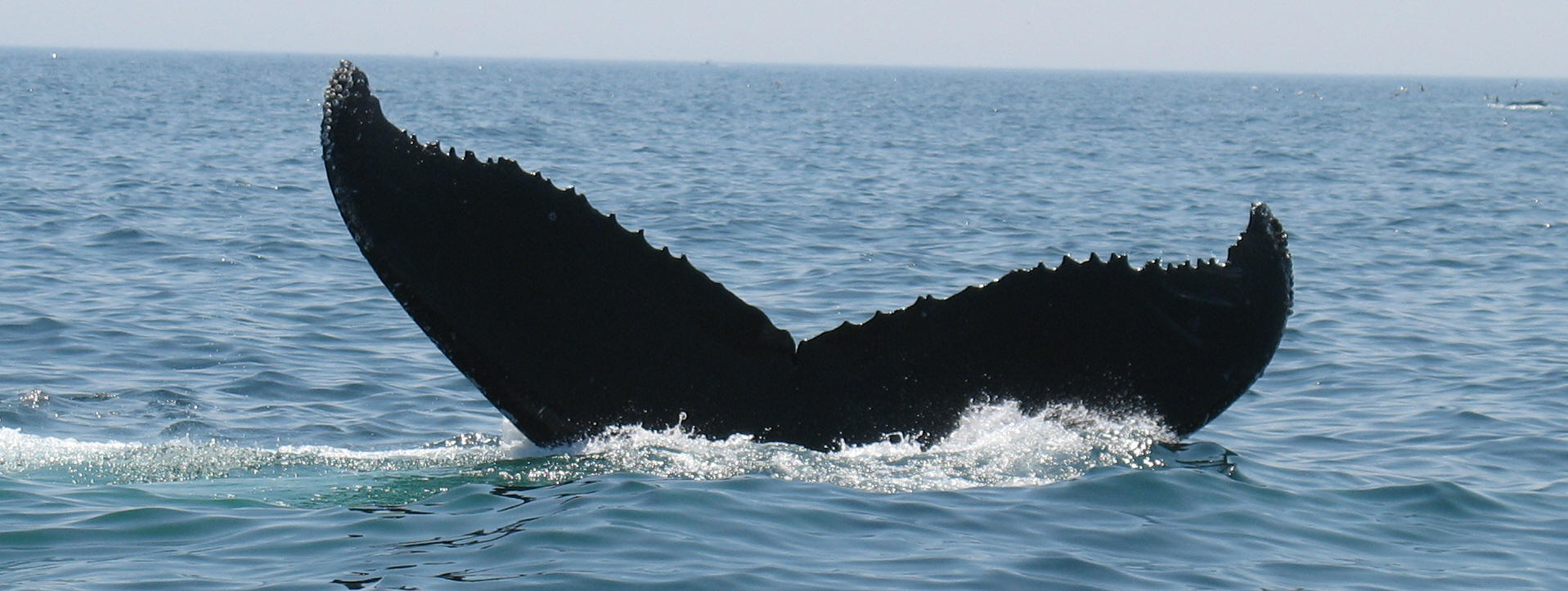Be enthralled by the whale-watching extravaganza along South Africa’s coastline
Whale-watching enthusiasts are in for a spectacular treat when choosing South Africa as their whale-watching destination for both land and sea based viewing. As many as 37 species of whales and dolphins can be clearly seen along South African waters.
South Africa can be regarded as the premier whale-watching destination in the world with plenty of opportunities to be enthralled by the elegant water acrobatics and mesmerising displays of raw power of the whales. The whale-watching route extends from Doringbaai, in the south of Cape Town right up to Durban on the east coast; presenting a staggering 1 200 miles of golden opportunities to see the magnificent mammals in action. This route incorporates the conservation areas of the Garden Route, Tsitsikamma National Park, and the Transkei.
Any high vantage point such as cliffs and the beaches in Cape Town presents excellent whale-watching opportunities. Many established licensed boat tour operators provide services to visitors wishing for that magical special close encounter. Boating expeditions can last up to three hours long and get to within the legal 300 metres (a permit is first required) of the whales. The southern right whale in particular display natural curiosity tendencies and are known to at times venture within close proximity to the boats.
The whale-watching industry is tightly regulated with only 16 permits been granted. This much needed precaution guarantees the least disturbance to the whales. Boat operators approach the whales in a quiet manner, with motors switched off and a ‘no wake speed’.
Between June and November is the optimal whale watching time in South Africa when the southern right whales are highly visible along the Cape south coast. Migrant humpback whales put in a brief appearance in May and June; and then again in November to January in the Plettenberg and Garden Route area. This area also attracts Bryde’s whales which can be seen all-year round.
During July and August is peak calving season when the whales are found in abundance, mating and rearing their calves. The southern right whale prefers the protected bays off the southern western coast as its breeding hub, spending up to five months of a year here engaging in courtship rituals as close to 50 metres from the shoreline.
Regarded as the whale-watching capital of the world, the town of Hermanus found on the Cape south coast, has the most opportune scenic land-based views for whale-watching. A leisurely cliff-top walk grants crystal clear sightings of the marine mammals. Southern right whales can appear as close to mere metres from the beach. The arrival of the whales in September is celebrated by the popular annual whale festival.
Clear and windless conditions promote the best whale spotting experiences. The whale’s blow is the first indication of its presence. Other typical whale behaviour is resting head down in the water with tails held out in the air, known as sailing or headstanding.
Pair of binoculars, a hat and adequate sunscreen is additional requirements for optimal land-based whale-watching expeditions.


